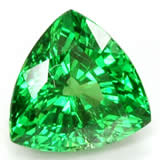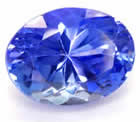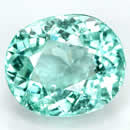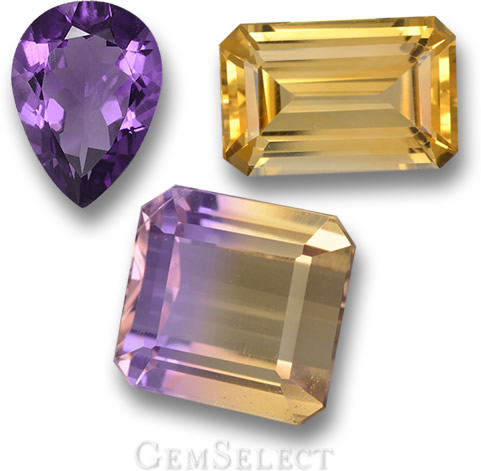The Future of GemstonesThe future of gemstones is closely tied to resources and sustainability. As demand for gemstones continues to rise, there is a growing focus on responsible sourcing and ethical practices in the industry. This includes efforts to reduce environmental impact, improve working conditions, and support local communities where gemstones are mined. 
Gemstones, like oil, are not a renewable resource. At some time in the future, virtually all the world's accessible gem-quality material will have been mined, and gem dealers will be trading in second hand or synthetic gems. That's certainly not a happy thought. But how quickly are the world's gemstone resources being depleted?
In the developed world where more sophisticated technology is available, gemstone production is definitely declining. In the USA, for example, the production of natural gemstones is continuously falling. To a large degree, this is the result of the high cost of mining the remaining material. This has happened in Australia as well, where many of the biggest sapphire mines have shut down because of the high cost of mining there.
 In the developing world, many famous mining regions have been almost entirely worked out. We have previously
told the story of ruby and sapphire mining in our home province of Chanthaburi, Thailand. These days there is only one small functioning mine left in the province, though many dealers here speculate that large sapphire deposits remain undiscovered in the military buffer zone along the border with Cambodia. In the developing world, many famous mining regions have been almost entirely worked out. We have previously
told the story of ruby and sapphire mining in our home province of Chanthaburi, Thailand. These days there is only one small functioning mine left in the province, though many dealers here speculate that large sapphire deposits remain undiscovered in the military buffer zone along the border with Cambodia.
Many of the world's colored gemstone mines are in troubled places - Burma (Myanmar), Pakistan, Kenya, Afghanistan, Colombia - and this affects the rate at which supplies are depleted. In addition, in the developing world most mining is still "artisanal". In Africa, the vast majority of colored gemstone mining is done by independent, small-scale miners, working in remote locations. Gem mining in Southeast Asia continues to use primitive methods which cannot be scaled up when demand increases. In any case, most deposits are too small to be economically exploited with the use of heavy equipment.
 In Sri Lanka, there are more than 5,000 registered colored gemstone mining operations on the island. The majority of these pits measure no more than three by three meters, and go down to a maximum depth of 25 meters. Colored gemstone mining is so labor intensive that it is estimated that more than 500,000 people in Madagascar are involved in the gemstone sector, despite the fact that Madagascar only became an important gemstone source in the 1990s. In Sri Lanka, there are more than 5,000 registered colored gemstone mining operations on the island. The majority of these pits measure no more than three by three meters, and go down to a maximum depth of 25 meters. Colored gemstone mining is so labor intensive that it is estimated that more than 500,000 people in Madagascar are involved in the gemstone sector, despite the fact that Madagascar only became an important gemstone source in the 1990s.
While most colored gemstone mining worldwide is highly distributed and small scale, a notable exception is in South America. Amethyst, citrine, and ametrine are produced at the Anahi Mine, which is located in Eastern Bolivia in the province of Santa Cruz.

Amethyst, Citrine and Ametrine from Bolivia
This mine is known for the volume and uniform quality of its gemstones and is the only known deposit of ametrine. Last year the mine produced a total of 11 million cut stones in a variety of grades and sizes. This included six million carats of amethyst, three million carats of ametrine, and two million carats of citrine. But this is not sustainable. The output at the mine has decreased in the last year, and dealers are reporting a shortage of good amethyst and rough, as well as ametrine.
 In our own business we see many signs of declining production - smaller gemstones, lower quality, more treated stones and higher prices. We have to work harder to find the gems we want at the prices we are willing to pay. One only has to look at the skyrocketing prices and dwindling supply of gemstones such as tanzanite to get a sense of how scarce many gemstones may become in the future. But in 10 years' time, we may well look back at today and marvel at the abundance of fine material at prices that are still affordable. In our own business we see many signs of declining production - smaller gemstones, lower quality, more treated stones and higher prices. We have to work harder to find the gems we want at the prices we are willing to pay. One only has to look at the skyrocketing prices and dwindling supply of gemstones such as tanzanite to get a sense of how scarce many gemstones may become in the future. But in 10 years' time, we may well look back at today and marvel at the abundance of fine material at prices that are still affordable.
|